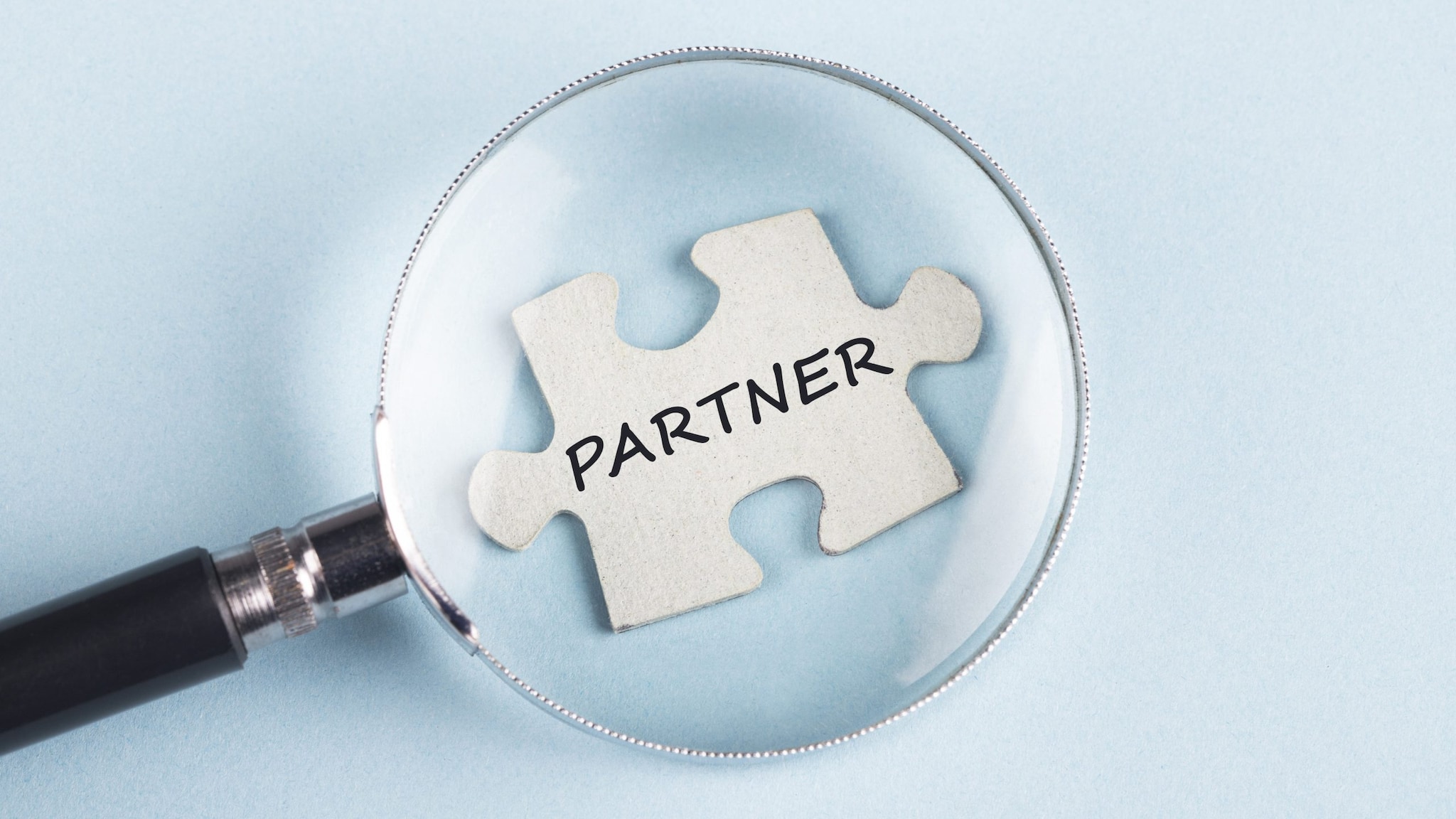Key points
- Partners support vital hearing loss surveillance and research.
- The data we receive from partners is added to a national repository for occupational hearing loss surveillance and research.
- Learn more about data sharing requirements.

Overview
Partner with the NIOSH Occupational Hearing Loss Surveillance Program
NIOSH partners with audiometric service providers and others to share de-identified individual level worker data, including audiograms and related information.
Partners include
- Audiometric service providers
- Occupational health clinics
- Hospitals and others who conduct worker audiometric testing
- Private companies conducting in-house worker audiometric testing
Partnership benefits
Partners support vital hearing loss surveillance and research. They also get a first look at study results before the results are released to the public.
Research goals
The data will be added to a national repository for occupational hearing loss surveillance and research. It will be used to:
- Measure the incidence and prevalence of hearing loss among workers.
- Identify industries with the highest and lowest risks of hearing loss.
- Measure hearing loss trends among and within industries.
- Examine workplace factors related to hearing loss.
- Guide workplace interventions and research.
- Establish a baseline to evaluate hearing loss prevention efforts.
Requirements
What kind of data will be requested?
Partners must de-identify the data and assign an arbitrary number or code to each worker. This number/code must remain consistent for the worker from year to year. This is so NIOSH can link all of the audiograms for each worker.
Please include
- Threshold values for frequencies 500, 1000, 2000, 3000, 4000, 6000, and 8000 Hertz
- Sex
- Date of birth
- Test date
- Date of hire (if available)
- Race/ethnicity (if available)
- Smoking status (if available)
- Occupation information (if available)
- Industry information (if available)
- Exposure data (if available and linked to the audiometric data)
How to participate
Main steps for sharing data
A NIOSH representative will guide you through each step of the data sharing process. Steps include:
- The industry (e.g., Mining) for each audiogram is identified and assigned a North American Industry Classification System (NAICS) code.
- The partner decides whether the partner or NIOSH will assign these NAICS codes. The partner merges the NAICS codes with the audiometric data so that a NAICS code is associated with each audiogram.
- The NIOSH representative assists the partner in securely transferring the de-identified electronic data to NIOSH.
- NIOSH may request additional data from the partner in future years, and the process begins again.
Common questions
No, the names of partners will not be released unless NIOSH is compelled by law to reveal this information.
Yes, the HIPAA Privacy Rule recognizes the legitimate need for public health authorities to have access to protected health information to carry out their public health mission. Accordingly, the HIPAA Privacy Rule permits covered entities to disclose protected health information, without authorization of the individual to whom the information pertains, to a public health authority, such as NIOSH, that is ". . . authorized by law to collect or receive such information for the purpose of preventing or controlling disease, injury or disability . . ." [See 45 CFR 164.512(b)(1)(i)].
